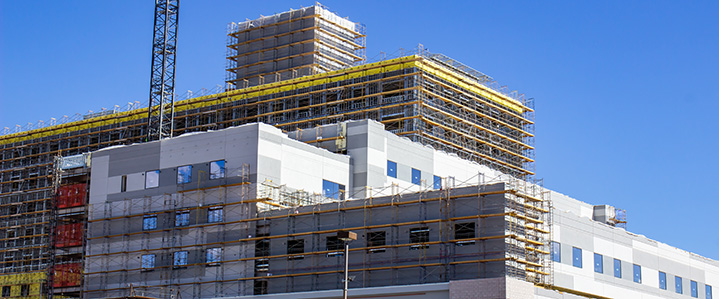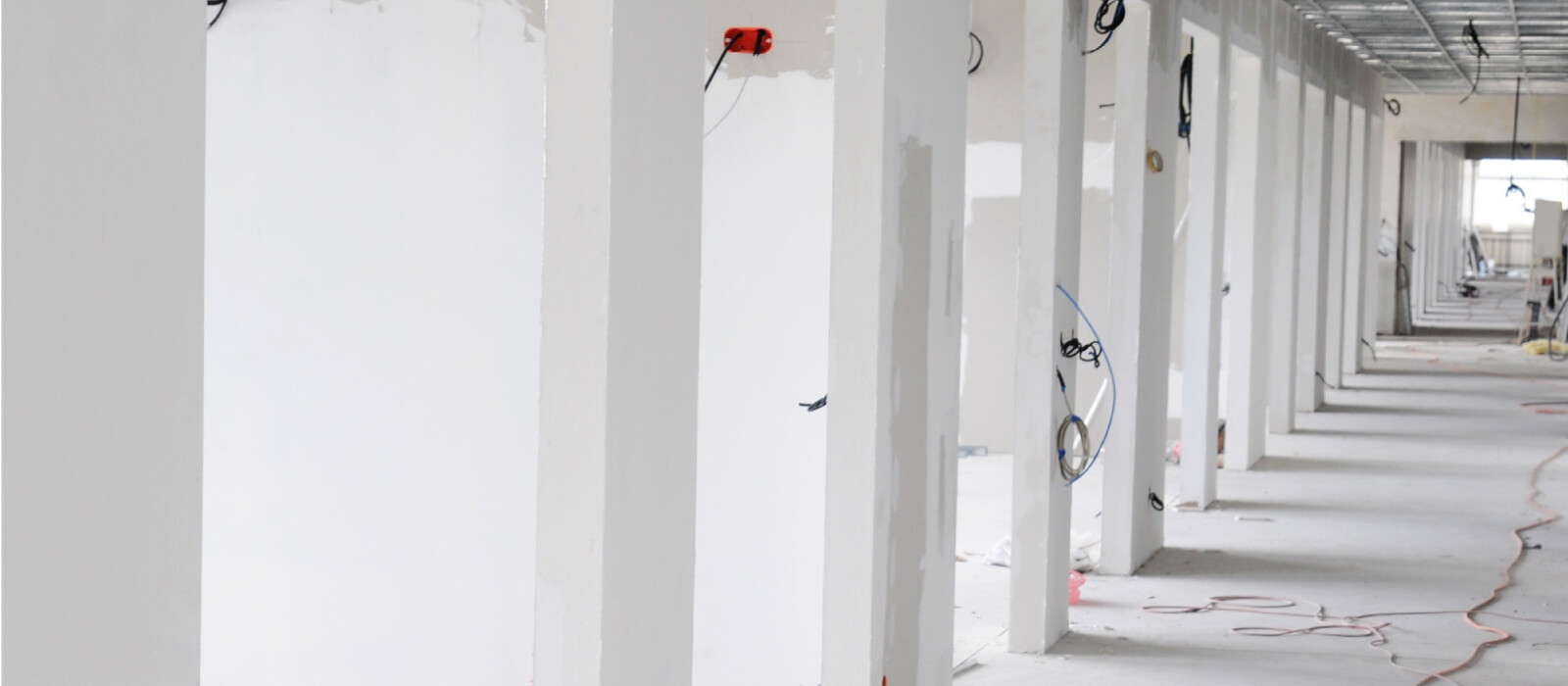Air Tracing Studies: A Simple Strategy to Assess Infection Pathways

Preventing hospital acquired infections remains an ongoing battle for many healthcare infection prevention and facilities management teams. Fortunately, new tools and strategies continue to emerge to help experts address potential infection risks.
One such tool is an air tracing study, which identifies the pathways that infectious organisms can travel from their source to a compromised patient. With a clear understanding of where and how infectious organisms occur and the various ways these organisms can travel, air tracing can help identify often overlooked problems and validate the solutions put in place.
Applying the source > pathway > receptor framework
Before beginning an air tracing study, it is critical that experts understand the source > pathway > receptor model, a simple yet effective approach for understanding infection transmission. This framework relies on the management of the sources and pathways of infection to better protect the “receptor,” in this case the patient.
Sources may include the people, construction or renovation work, and biomedical equipment that house (and may allow for amplification of) infectious organisms such as fungi, bacteria, and viruses. The pathway is how the infectious agent gets to the host. Examples of pathways include people, equipment used in surgical procedures, ventilation systems, and airflow from one space to another.
To eliminate an infection risk, either the source or the pathway—or, ideally, both—must be addressed. In general, however, there will be many instances where the source cannot be eliminated. Ubiquitous mold spores are one example. While it may be possible to remove active mold growth, it is virtually impossible to fully eliminate the spores in all but a cleanroom environment.
As another example, even normal levels of bacteria on the body can lead to an infection in a compromised patient. If the source of an infection risk is the surgeon preparing to operate, it is again not possible to eliminate the source. These are clear examples of where identifying the pathway is the only opportunity to break the chain of infection.
Air tracing to identify infection pathways
Air tracing is an invaluable tool for identifying infection pathways. Air tracing involves the release of an inert, odorless and non-hazardous particle or gas that is not normally present in the atmosphere. By understanding how air moves from your source to the pathway, it is possible to break the chain of infection by putting a barrier in place. Through air tracing, environmental professionals can identify issues that can be easily overlooked even by the most experienced facilities or infection prevention team.
Air tracing also provides instant validation on improvement activities. Rather than making a change to mitigate an infection risk and then waiting to see if infections continue, tracer particles provide instant confirmation that the infection pathway has been broken.
Air tracing is becoming mission critical when it comes to identifying infection risks in cleanroom environments such as operating rooms or pharmacies, as well as a wide range of additional healthcare environments.
Breaking the pathway to infection
The COVID-19 pandemic is a prime example of how it is often impossible to remove an infection source. Incoming patients themselves were the source of the SARS-CoV-2 virus, making it critical that healthcare facilities reduce pathways for infection.
At the onset of the pandemic, EH&E was called in to assist one large urban hospital in its review of options for creating more negative pressure rooms to house the impending surge of COVID-19 patients. One option was to create these spaces from non-negative pressure rooms with circulating systems. In early 2020, this was an approach that remained untested.
The facilities management team had two primary concerns with the approach. First, would the existing filtration for these rooms be sufficient to prevent transmission of SARS-CoV-2? Second, it was expected that the mixed air dampers would have a small amount of leakage, but would it be enough to create a pathway for transmission of the virus?
To answer these questions, EH&E performed a tracer gas study in the spaces being considered for conversion to negative pressure. The tracer gas study allowed the team to monitor how aerosols of the SARS-CoV-2 virus might be transmitted between spaces.
In this case, the study revealed that the leakage from the “completely closed” mixed air dampers was nearly ten times greater than thought to be, presenting a potential pathway for infection. Without the air tracing technology, the hospital could have overlooked an otherwise preventable source of infection. Once a fix was in place, air tracing also allowed the environmental team to quantifiably demonstrate that the infection pathway had been eliminated.
Following the path to the source
In some cases, air tracing can confirm a source by determining the pathway to infection. This was the case for a hospital that had identified three patients with surgical site infections secondary to Mycobacterium abscessus, a common waterborne pathogen. Each of these patients had undergone cardiac surgery in the same OR during which modular cooler-heaters (MCHs) were used.
MCHs had been identified in the past as a potential source of mycobacterium infections, and as such the hospital had taken steps to ensure the MCH units’ water reservoirs were closed. Sampling the water did identify evidence of mycobacterium. Moreover, air tracing was able to clearly demonstrate that, even with the reservoir closed, tracer particles could make it to the patient in normal operating conditions. In this instance, air tracing helped confirm the source, prove the pathway and, ultimately, validate that those corrective measures were effective.
It’s an example that could be useful for many hospitals working to comply with The Joint Commission’s new water management standard, which went into effect January 1, 2022.
Combine technology with expertise for success
Air tracer studies can be a rapid and reliable way to investigate a problem and confirm a solution’s effectiveness. It’s no more disruptive than a minor maintenance project and can be easily accomplished during a shift. However, proper use of the tool, selecting an appropriate “air tracing agent” and understanding the relationship between various sources and pathways requires expertise.
There are several pathways upon which infectious organisms can travel, and it only takes one to cause serious consequences. While air tracing is a tool that may prove invaluable to many healthcare operations, it is a tool best used by an industrial hygienist or environmental engineer with experience navigating the source > pathway > receptor framework of infection transmission.
To learn more about how this strategy can help you reduce infection risks, contact EH&E today.
Subscribe
to our blog
"*" indicates required fields




